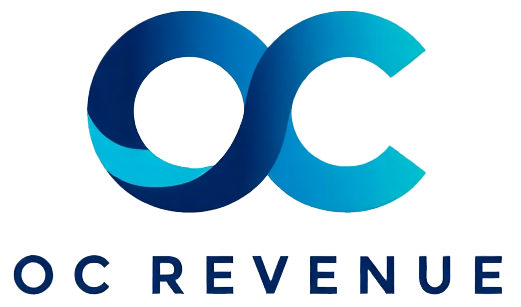Table of Contents
- Executive Summary:
- Key Takeaways:
- Future-Proofing Your Organization: A Guide to RevOps Strategy & Alignment
- Breaking Down Silos: The Foundation of RevOps Alignment
- Leveraging Automation and Analytics for Predictive Revenue Intelligence
- Optimizing Team Structure and Compensation to Drive Performance and Retention
- Embedding Risk Management and Change Leadership in RevOps Transformation
- Measuring Success: Performance Benchmarking and Continuous Improvement
- For Further Information
- Related Stories on the Web
Recent Articles
Future-Proofing Your Organization: A Guide to RevOps Strategy & Alignment
Executive Summary:
Revenue Operations (RevOps) is rapidly becoming a foundational strategy for enterprises seeking sustainable growth and operational efficiency. This article outlines essential steps for front-line executives to align cross-department teams, leverage data-driven insights, and adopt automation tools that future-proof organizational revenue and customer lifecycle models.
We highlight key strategic imperatives and illustrate how expert consulting can accelerate transformation in RevOps alignment, performance benchmarking, and risk management while enabling scalable revenue enablement.
Key Takeaways:
- Effective RevOps strategy drives unified cross-department collaboration and breaks down silos to optimize pipeline management and customer lifecycle outcomes.
- Leveraging sales technology and automation enhances forecasting accuracy, revenue intelligence, and territory optimization for data-driven decision-making.
- Investing in advanced analytics and performance benchmarking unlocks predictive insights that reduce churn risk and increase customer upsell opportunities.
- Strategic compensation models aligned with revenue goals and integrated tools boost team structure efficiency and employee training results.
- Consulting partners play an integral role in managing change, stakeholder engagement, and embedding best practices for sustainable RevOps transformation.
Future-Proofing Your Organization: A Guide to RevOps Strategy & Alignment
Breaking Down Silos: The Foundation of RevOps Alignment

At the heart of future-proofing revenue operations is establishing seamless collaboration across traditionally segmented teams such as sales, marketing, and customer success. Enterprises frequently face challenges where disjointed data and misaligned team incentives create barriers to a cohesive pipeline and forecast accuracy. Overcoming these requires a deliberate reimagining of team structure and marketing handoff processes to foster a truly cross-department operational model.
By integrating RevOps, organizations synchronize their territory management, sales automation, and customer onboarding workflows. This unified approach not only strengthens revenue attribution but also provides a transparent journey mapping for leads—from initial contact through customer retention and upsell cycles. For example, a large technology firm partnered with consulting specialists to redesign their compensation incentives and implement advanced revenue intelligence tools, resulting in a 20% increase in sales pipeline velocity and improved health scoring of key accounts.
Such initiatives demand strong change management and stakeholder engagement across business units. Consulting services that specialize in RevOps strategy help executives identify gaps, prioritize technology integration, and institutionalize training programs that sustain alignment beyond the initial rollout. According to the Harvard Business Review, companies with structured RevOps alignment realize faster decision cycles and higher customer experience scores through consistent collaboration and shared performance metrics.
Leveraging Automation and Analytics for Predictive Revenue Intelligence

Automation and analytics are cornerstones in advancing RevOps capabilities, enabling organizations to transform fragmented data into actionable revenue intelligence. Leading enterprises employ sales technology tools to automate repetitive tasks like lead qualification and performance benchmarking, freeing teams to focus on high-impact activities like account management and customer upsell strategies.
When paired with predictive analytics, these technologies improve forecasting accuracy and territory optimization by incorporating multi-touch attribution and customer behavior insights. This holistic data approach supports smarter pricing strategies and pipeline prioritization, reducing risk and enhancing churn prevention efforts. For instance, a multinational corporation engaged with analytics consultants to implement an AI-powered revenue enablement platform, which improved forecast prediction accuracy by 30% within six months.
According to Forbes, combining sales automation with advanced analytics not only streamlines operations but also provides continuous insights into customer lifecycle management and effective marketing handoff, creating near real-time visibility into revenue streams and customer success metrics. This insight is critical for maintaining competitive advantage and spotting emerging growth opportunities in dynamic market conditions.
Optimizing Team Structure and Compensation to Drive Performance and Retention

RevOps strategy is incomplete without deliberate focus on team structure and compensation frameworks that support revenue goals and operational efficiency. Enterprises often underestimate the critical impact of well-aligned incentive plans that motivate collaboration across sales, marketing, and success functions. Equally important is ensuring that training programs are aligned with emerging sales technology and evolving revenue enablement practices.
Consulting partners bring valuable expertise to design and implement compensation models that balance individual performance and shared team objectives, fostering accountability and continuous improvement. Optimized team structures also reduce operational friction; by clarifying roles and integrating analytics-driven health scoring, companies minimize churn and accelerate customer onboarding velocity.
A global enterprise partnered with consultants to revamp their compensation and territory alignment, coupled with comprehensive team training on new sales automation tools. The result was a measurable uplift in quota attainment and sustained customer experience improvements. Aligning financial incentives with strategic priorities is a key differentiator for organizations aiming to scale revenue predictably and retain top talent in competitive markets.
Embedding Risk Management and Change Leadership in RevOps Transformation
Future-proofing revenue operations involves not only operational and technological optimization, but also robust risk management and change leadership. Executives must anticipate risks related to data integrity, customer retention, and revenue attribution accuracy amid evolving market dynamics and organizational complexity.
Successful transformations incorporate stakeholder management processes that surface emerging challenges proactively and align leadership around clear performance metrics. Consulting expertise proves invaluable to guide large-scale adoption of RevOps best practices, ensuring that change is sustainable and integrated deeply into organizational culture.
For example, through comprehensive stakeholder workshops, risk assessments, and ongoing coaching, organizations can reduce resistance, improve cross-functional collaboration, and achieve faster ROI on RevOps investments. As cited by McKinsey & Company, companies with mature change management capabilities in revenue operations report higher confidence in forecasting and increased revenue growth velocity.
Measuring Success: Performance Benchmarking and Continuous Improvement
Establishing clear, objective performance benchmarks is essential for continually validating the value of RevOps initiatives and driving iterative improvement. Key indicators include pipeline growth, forecast accuracy, revenue attribution effectiveness, and customer success metrics such as health scoring and churn prevention rates.
Utilizing advanced analytics platforms alongside collaborative dashboards allows executives to monitor these metrics in real time, fostering agile decision-making and resource optimization. Continuous training and feedback loops embedded through consulting-led programs ensure teams adapt to market shifts and technology innovation.
Enterprises that prioritize data-driven performance benchmarking benefit from improved revenue predictability and stronger alignment between sales, marketing operations, and customer success. This feedback-driven culture enhances customer experience and lifecycle management by identifying high-potential accounts and optimizing marketing handoff at scale.
Embracing a rigorous measurement approach supported by expert consulting enables organizations to future-proof growth and maintain competitive advantage in an increasingly complex revenue landscape, consistent with insights from Gartner.
For Further Information
- Why RevOps Is the Future of Sales and Marketing Alignment — Harvard Business Review
- How Automation and Analytics Transform Revenue Operations — Forbes
- Innovations in Revenue Operations to Future-Proof Your Business — Gartner
- The Rise of AI and Automation in Driving Revenue Operations Strategy — TechCrunch
- Future-Proofing Growth through Revenue Operations and Technology Alignment — McKinsey & Company
Related Stories on the Web
- Why RevOps Is the Future of Sales and Marketing Alignment — Harvard Business Review
- How Automation and Analytics Transform Revenue Operations — Forbes
- The Rise of AI and Automation in Driving Revenue Operations Strategy — TechCrunch
The article on Future-Proofing Your Organization: A Guide to RevOps Strategy & Alignment was hopefully useful in helping you understand more about the topic.

